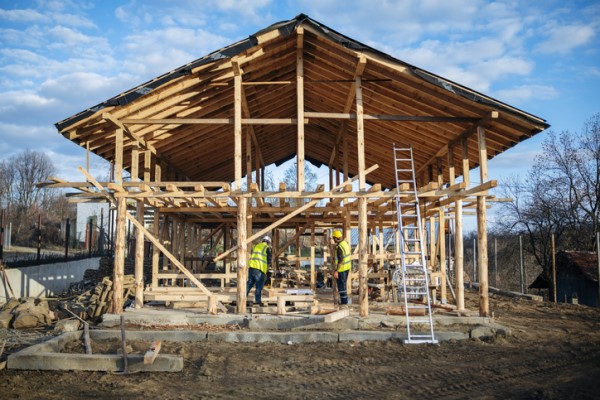Critical skill shortage in Australia impacting housing goals

A critical skill shortage in the Australian building and construction industry is hurting the Federal Government’s target of 1.2 million new homes in the next five years according to recent data from the Australian Bureau of Statistics (ABS).
HIA senior economist Matt King emphasises the seriousness of the issue: “The troubling gap between the demand for skilled trades and its supply risks significantly impeding the nation’s ability to meet the ambitious housing target of 1.2 million homed over the next five years.
“According to the ABS, in November 2024, private sector job vacancies were 308,000, an increase of 4.7% from August 2024. The data also reveals that construction sector job vacancies were up 33.5% from the pre-COVID period.”
The HIA estimates that an additional 83,000 skilled workers will be needed to meet their housing target.
The shortage in skilled tradespeople will also impact construction costs and delays, which were already a major problem.
“Without urgent action to increase the number of skilled workers in the construction sector, Australia risks falling well short of its 1.2 million home target,” Matt says.
